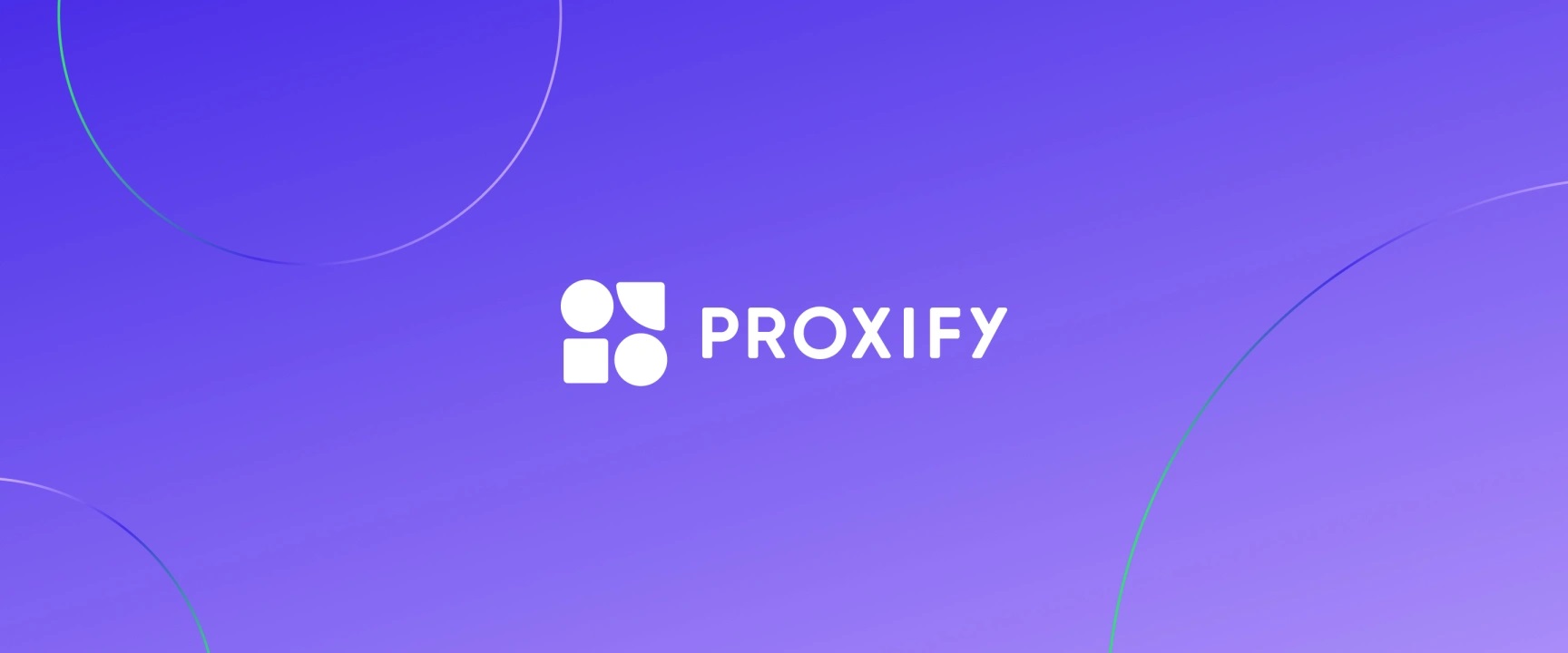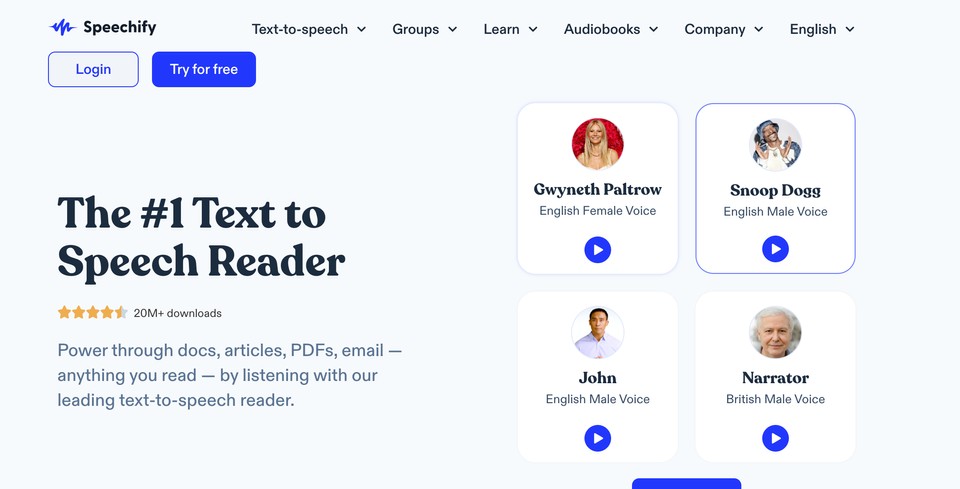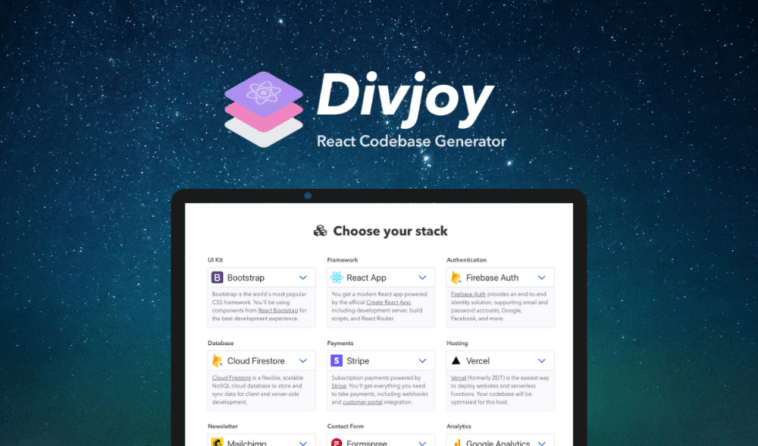Education today is not what we knew a few years ago. Especially after the outbreak of the COVID-19 pandemic, the education sector has completely transformed. The aid of technology to assist us in education has become vital.
Education technology or EdTech has also drastically changed in 2020. eLearning is the new norm as most of the students around the world have been forced to stay at home.
EdTech trends for the upcoming years are more contemporary and easily accessible. These trends score great on utility too.
In this article, let’s look at some of the top EdTech trends that you must look out for in 2021.
1. Video-Assisted Learning
The video-assisted learning experience is as closest as we can get to the traditional classroom teaching experience. Videos establish brand voice for any company.
Video-based learning sessions can make the otherwise dull teaching infinitely more interactive and exciting.
Video learnings can be of many forms, such as recorded sessions, animated video lessons, or even live teaching sessions. A learning management system or LMS can be used to host these video-based lessons.
2. Immersive Learning
Immersive learning trends such as Augmented Reality (AR) and Virtual Reality (VR) are on the rise and definitely something that you must look out for in 2021. These techniques offer experiential learning that helps students experience different concepts first hand.
The almost real-life experience that it offers in these testing times is what makes it so much more desirable by many. These techniques are being increasingly used for explaining complex concepts to students that can otherwise be difficult to explain and understand.
3. Artificial Intelligence
Artificial Intelligence (AI) has had a massive impact on education. Both the students and the educators have been able to benefit from AI. AI-based systems can help to track the progress of students and even help with the grading process.
AI and data analytics can help to measure students’ performance with minimal manual intervention involved. This removes the possibility of any bias, and the overall scoring system becomes much more transparent and acceptable. It can also be used to provide useful insights about each of the students without wasting much time on this process.
The predictive nature of AI-based tools can be used to offer courses based on the students’ learning interests. AI-based software has also made research easier for students. From curating research findings to creating complex Elsevier figures, AI can help with various steps throughout the research process.
4. Accessibility
With eLearning platforms and websites becoming the new normal, accessibility is a major concern to think about. Educators need to ensure that students with disabilities are able to access eLearning portals as much as anyone else would.
Accessibility has many factors to it, and thus manually fixing the accessibility of learning platforms can be challenging and ineffective. This is where technology has a role to play.
AI-based accessibility software can help to automate the accessibility of these learning platforms to ensure that inclusivity is taken into consideration in the modern education systems.
5. Internet of Things
Internet of Things or IoT is another emerging technology in the field of education. IoT helps connect everyday devices with the help of the internet.
IoT can be used to design a tech-centric classroom where devices such as mobile phones, tablets, laptops, and interactive whiteboards are connected via the internet. This can provide a highly effective and interactive learning experience for students.
6. Gamification
Classroom games are one of the most fun and memorable things, and the same can be provided through technology’s assistance.
A boring semester in physics can be turned into a series of gaming videos or levels to be completed by students. This leads to an increase in the student’s engagement and instills a sense of healthy competition amongst the students.
Gamification can be used in almost any area of learning, and thus urging the students and motivating them to learn practical knowledge while having a fun experience.
7. Blockchain
Blockchain is a data structure that can be used to record and hold data while ensuring maximum security and transparency. Blockchain technology is being increasingly used in 2020, and the trend is predicted to catch up even more in 2021.
Data encrypted by blockchain is almost impossible to hack or to tamper with. This is why it is popularly being used for storing student information. During semester or course exchange programs, the security of the student data shared between universities can be ensured using blockchain technology.
Blockchain can also be used for the exchange of secure information between universities and companies during recruitment. The use of blockchain technology also ensures verification of course completions, certifications, and ePortfolios.
8. Big Data
After the outbreak of the pandemic in 2020, most educational institutions have gone online. This has led to a lot of student data to be accumulated and ready to be analyzed. This is where big data is being increasingly used.
Using big data, learners’ interests, and learning patterns can be analyzed to customize the courses. Data such as learning history, performance, feedback, number of enrollments, etc., can be used to analyze and improve the overall eLearning experience.
9. Self-Paced Learning
Self-paced learning is another popular advancement in the EdTech world. Today, students need not have to adhere to classroom timings. Fixed timings and rigidity can make learning experience and education more of a task.
Compare that to a self-paced learning system where students can opt to learn through video lectures and course material whenever and wherever they want to – this way of learning becomes much more appealing to most of us.
This trend is especially observed in higher education institutions and certification programs. This is where the flexibility of self-paced learning can be an added advantage to people who are professionals or are learning multiple courses at the same time.
Final Thoughts
The education technology trends in 2021 will be much more intuitive, advanced, and disruptive to the education sector. Easy accessibility of education and increased transparency are going to be the much-needed benefits that EdTech has instore for our future.
Author bio
Fabricio Pamplona is the founder of Mind the Graph – a tool used by over 400K users in 60 countries. He has a Ph.D. and solid scientific background in Psychopharmacology and experience as a Guest Researcher at the Max Planck Institute of Psychiatry (Germany) and Researcher in D’Or Institute for Research and Education (IDOR, Brazil). Fabricio holds over 2500 citations in Google Scholar. He has 10 years of experience in small innovative businesses, with relevant experience in product design and innovation management. Connect with him on LinkedIn – Fabricio Pamplona.








Add Comment